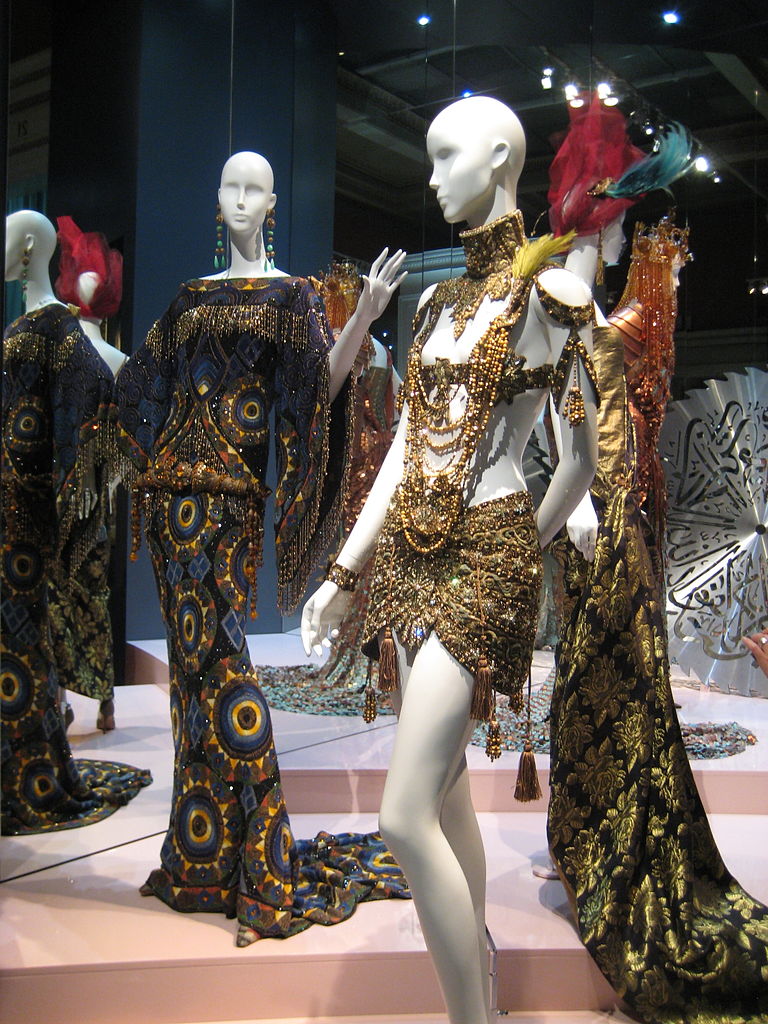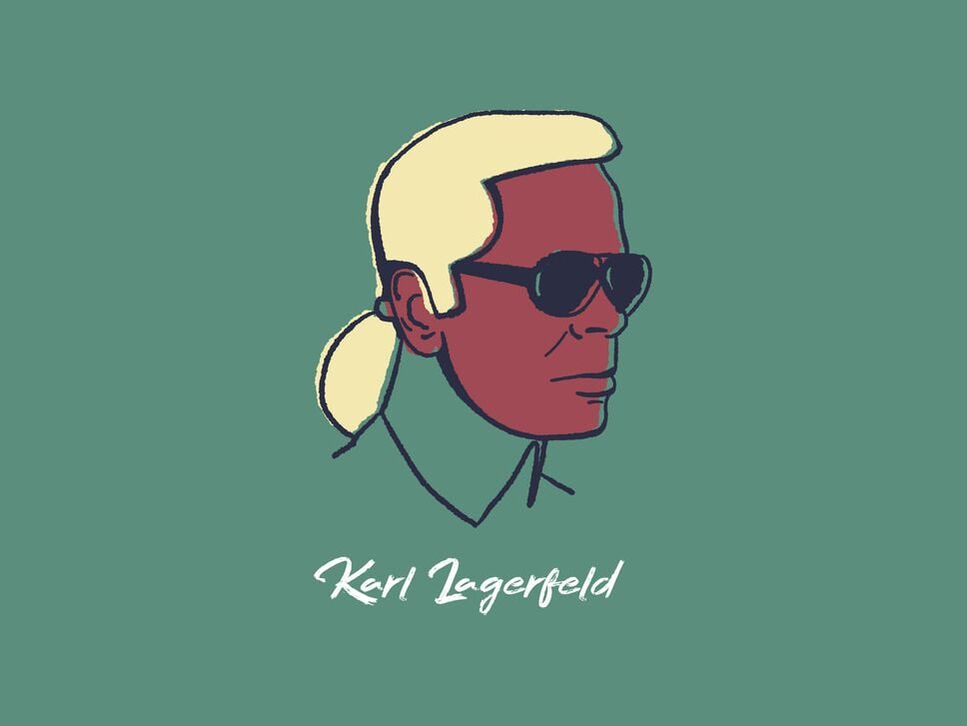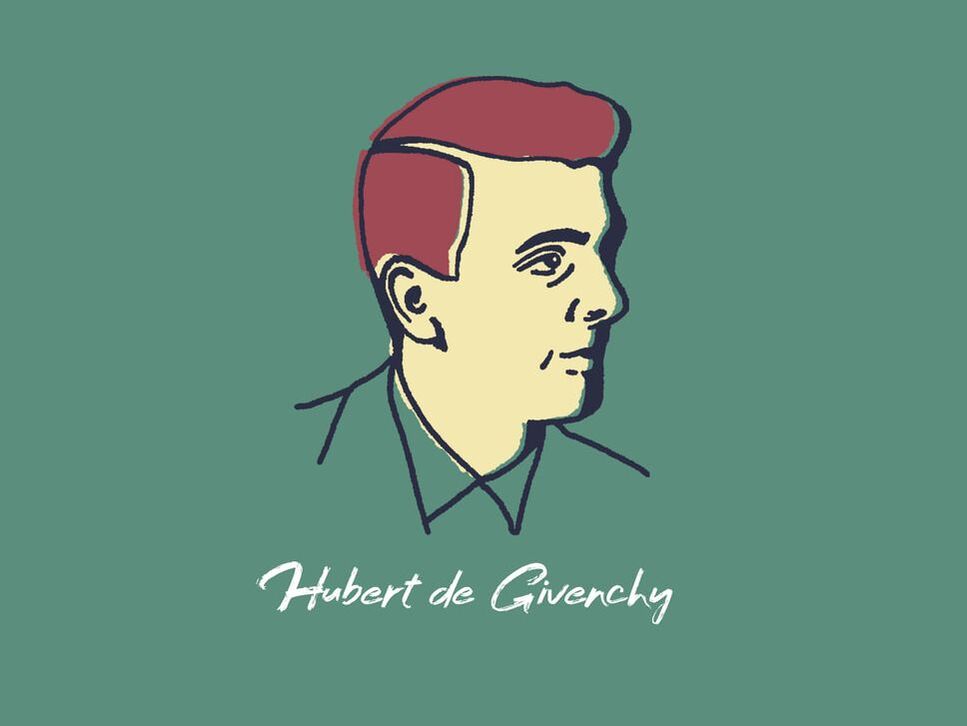|
26/11/2020 Biographies in brief: John GallianoThe enfant terrible grew to become one of fashion’s most divisive figures. Read on for the highs and lows of his extraordinary life and career… Early lifeBorn as the son of a Spanish plumber in Gibraltar in 1960, the Galliano family moved to south London when John was aged of six. Here he attended the local selective boy’s state school but proved himself to be unremarkable academically. However, thanks to the encouragement of his mother, who insisted her son dress in Sunday best just to go to the shops, he discovered a talent and passion for design early on and, at 16, left school to study textile design at East London College.
French houses come callingNow operating out of an atelier near the Bastille and on solid financial ground, Galliano’s collections became more refined, elegant and mature - and it wasn’t long before the cream of the city’s fashion crop sat up and took notice. In July 1995 LVMH announced that Galliano had been appointed as creative director of Givenchy - his first time designing under anything but his own name and the first designer to take over from Hubert de Givenchy at his namesake label - and six months later his first couture collection was presented at the Stade de France. Let loose with the resources of a major fashion house, Galliano presented a collection dominated by exaggerated silhouettes and sharp tailoring, showcasing both Galliano’s creativity and technical capabilities and garnering high praise from the fashion press. It was a far cry for the staid ladies-who-lunch fare the house had become known for. However, the relationship was not to last. When long-time Dior designer Gianfranco Ferre retired in October 1996, LVMH’s Bernard Arnault swiftly moved Galliano to the venerable fashion house and appointed Alexander McQueen to replace him at Givenchy. That two British designers with little to no experience in haute couture should now be helming two of Paris’ most prestigious houses was horrifying to French fashion’s old guard. However, as it transpired, these two working class designers with a shared talent for storytelling, bold visuals and technical skill were just the breath of fresh air the French fashion scene needed, with both producing some of their most notable work in the years that followed. But while McQueen struggled with the restraints of working under the gaze of a large fashion conglomerate, eventually leaving his post at Givenchy in 2001, Galliano thrived at Dior. His first collection in 1997 coincided with the house’s 50th anniversary and Galliano celebrated by sending a raft of the world’s most famous supermodels down the runway. This quickly caught the attention of the younger clientele he had been tasked with seducing, including one Princess Diana, who wore the first dress he created for the house. His shows became unmissable theatrical spectacles aided by a close knit circle of fellow British creatives, including make-up artist Pat McGrath, hair stylist Guido Palau, milliner Stephen Jones and set designer Michael Howells. In 2009 Galliano was awarded the French Legion of Honour. Scandal and anti-SemitismBeneath the serene surface, however, cracks were beginning to appear. To cope with the pressures of turning out six collections a year for Dior - which had trebled its turnover under his reign - as well as designing for his namesake label, Galliano turned to alcohol and prescription medication. As his addiction worsened, his behaviour became erratic, eventually culminating in an episode in December 2010 in which he was filmed, visibly drunk, telling a group of women, “I love Hitler, and people like you would be dead today. Your mothers, your forefathers, would be all be gassed and dead.” Arrested and charged with making racist and anti-Semitic remarks in March 2011, he was immediately suspended by Dior and fired a week later after pressure from both the public and Dior ambassadors, including Natalie Portman. A month later he was also dismissed from his eponymous label (also part-owned by LVMH) and replaced at both houses by Bill Gaytten. Galliano denied the charges and, despite the video, the reaction to the incident among fashion circles was mixed. While Dior chief executive Sidney Toledano said in an official statement that he “very firmly condemned” Galliano’s comments, many industry insiders who worked with and knew him said they found the accusations hard to believe, stating that Galliano had always chosen to surround himself with a diverse range of people. The case went to trial in June 2011 with Galliano’s lawyer arguing that the outbursts were caused by "work-related stress and multiple addictions”. However, it was to no avail and, in September, Galliano was found guilty of making anti-Semitic remarks and sentenced to pay €6,000 in suspended fines. Galliano checked himself into a rehab centre for drug and alcohol addiction and, aside from designing Kate Moss’ wedding dress in July 2011, kept a low profile and stayed away from the fashion industry for the next two years. ComebackIn 2013 Galliano accepted a short stint working at the New York studio of Oscar de la Renta - another move engineered by Anna Wintour - as a first tentative step back on to the fashion scene. Now sober and ready to open up about the incident, he granted Vanity Fair an in-depth interview later that year in which he explained the extraordinary and destructive life he led while working at Dior. "I lived in a bubble. I would be backstage and there would be a queue of five people to help me,” he explained to Ingrid Sischy. “One person would have a cigarette for me. The next person would have the lighter. I did not know how to use the ATM. "I never drank in order to be creative, or to do the research. At first alcohol was like a crutch outside of Dior. Then I would use it to crash after the collections. I'd take a couple of days to get over it, like everyone. But with more collections, the crash happened more often, and then I was a slave to it…I had all these voices in my head, asking so many questions, but I never for one second would admit I was an alcoholic. I thought I could control it." Galliano also explained that he had no memory of what had happened and it wasn’t until he saw the video that he realised what he had done, insisting that he was not anti-Semitic but rather he “just said the most spiteful thing [he] could” in the moment. Galliano’s honesty and attrition was met with praise both within the fashion industry and from groups such as the Anti-Defamation League, which praised his efforts to atone for the incident. In October 2014 it was announced that Galliano had been appointed as creative director at Maison Margiela and his acceptance back into fashion’s inner folder was confirmed a few months later when he presented the Outstanding Achievement Award to Anna Wintour at the British Fashion Awards. Wintour accordingly chose one of Galliano’s first creations for Margiela for the event. Responsible for womenswear, menswear, accessories and couture, under Galliano’s tenure Margiela’s revenues have doubled and, in 2019, the house extended his contract for ‘at least several more years’. Following an all-red collection to mark his return back to the runways, Galliano’s collections for Margiela have retained his signature historical inspirations while also blurring gender lines, playing with fashion tropes and showcasing Galliano’s technical skill. |
Search by typing & pressing enter




